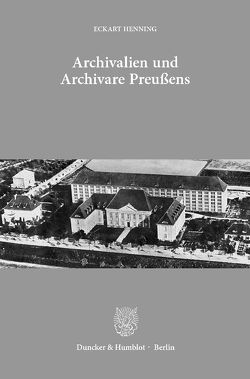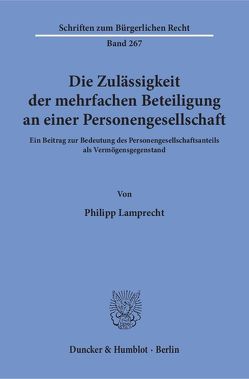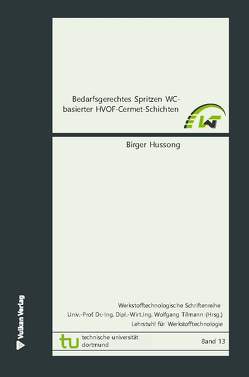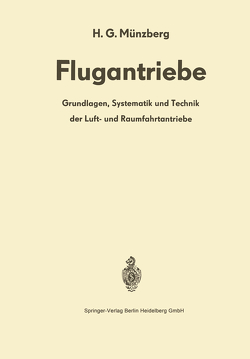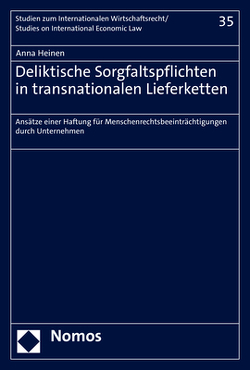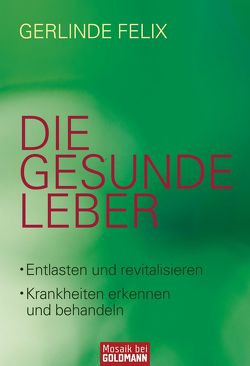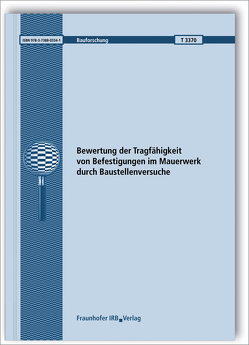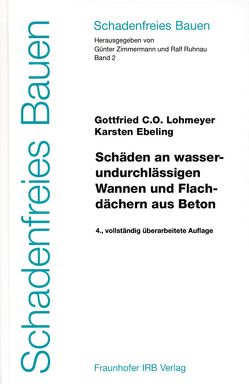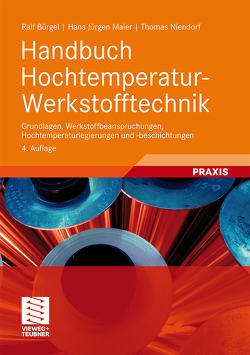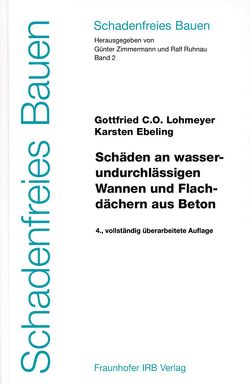Wärmedämmschichten für Raketentriebwerke
Torben Fiedler
Thermal-Barrier Coatings for Rocket Engines (Torben Fiedler)
To protect the combustion chamber of liquid fuel rocket engines against the high thermomechanical loads, a thermal-barrier coating can be applied on the hot-gas side. Thermal-barrier coatings are state of the art in gas turbines, but the harsh environmental conditions in rocket engines require different and new coating concepts.
In the present dissertation, a new metallic coating system has been developed. It consists of a bond coat and a top coat, both applied with high velocity oxyfuel spray. For the top coat, two materials were tested: On the one hand, an experimental cobalt-rhenium alloy, on the other hand a nickel-based superalloy. For the bond coat, a graded coating was tested, which showed a bad performance in thermal tests. Thus, a newly developed NiCuCrAl bond-coat alloy was used for further coating tests. The coatings were tested in isothermal tests in a furnace and in laser cycling experiments with a thermal gradient. Based on these tests, the coating system NiCuCrAl + nickel-based superalloy was chosen for further experiments.
In the thermal tests, four damage mechanisms were observed: Delamination cracks at the interface between substrate and bond coat, buckling of the coating, vertical cracks and Kirkendall pores, caused by diffusion. To elucidate these failure mechanisms and to compare the loads in the laser test to the rocket combustion chamber, finite element simulations were carried out. Since no sufficient materials data were available for the materials in this work, extensive measurements of the material’s properties were carried out on free-standing coatings.
It could be observed in the FE-simulations, that the coatings in the combustion chamber are exposed to different loads than the coatings in the laser tests: Due to the relatively low thermal gradient in the laser tests and the larger coefficient of thermal expansion of the copper substrate, a tensile load at high temperatures was calculated in the coatings. If this load relaxes, a compressive load could be expected after subsequent cooling down. This load may cause the coatings to buckle. In contrast to this, the coatings in rocket engines exhibit a compressive load at high temperatures, caused by the large thermal gradient and thus a larger thermal expansion of the hot coatings compared to the relatively cold substrate, combined with the constrained deformation of the combustion chamber wall by the cold outer nickel jacket. If the compressive load in the coatings relaxes, a tensile load can be expected after cooling down which may lead to vertical cracks in the coating.
To test the coatings under more realistic conditions, the laser test was modified. Although this modified test is indeed not able to reproduce the very high loads in the rocket combustion chamber, it is able to produce different load scenarios and provoke different damage mechanisms. Due to the good accessibility of the laser samples for temperature measurements, this test can be well modelled in FEM-simulations and may serve as a reference experiment for future coating design.

